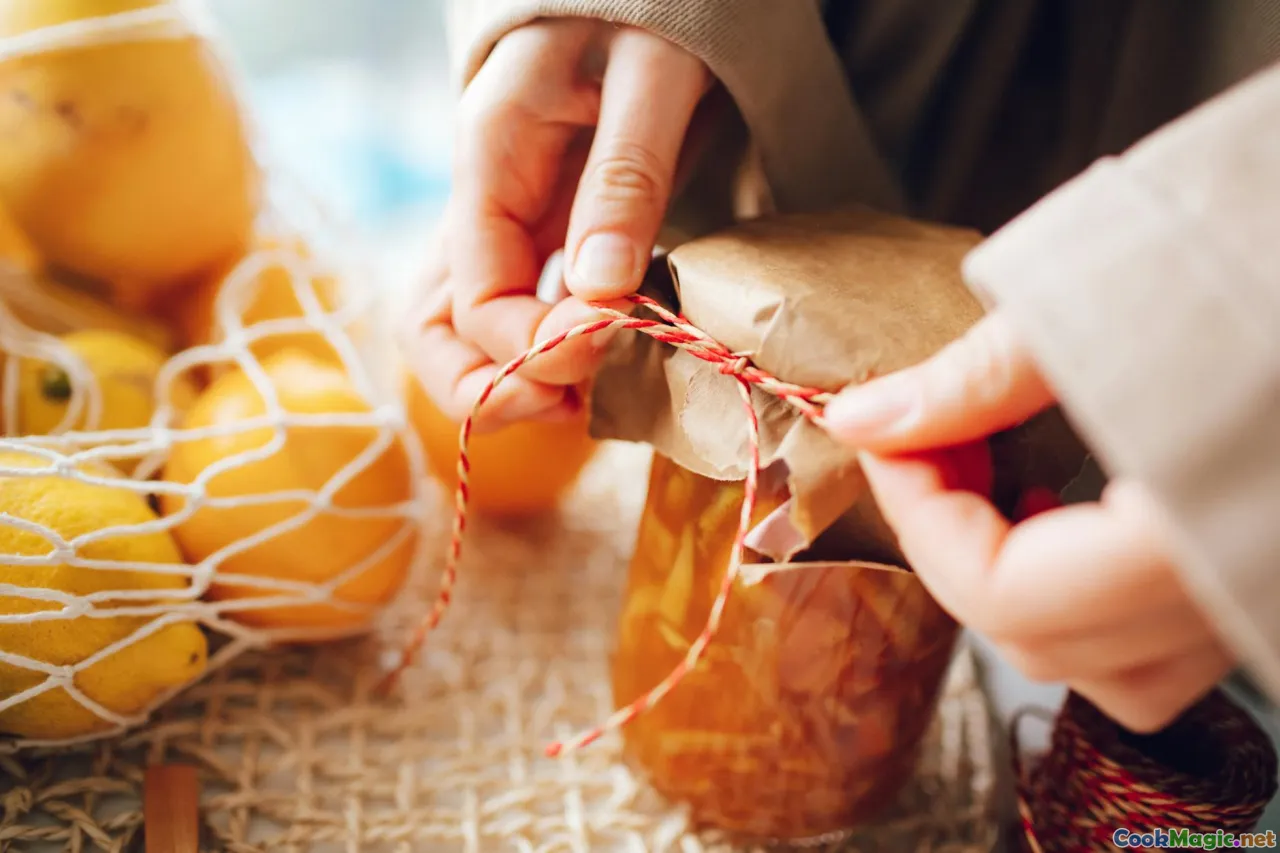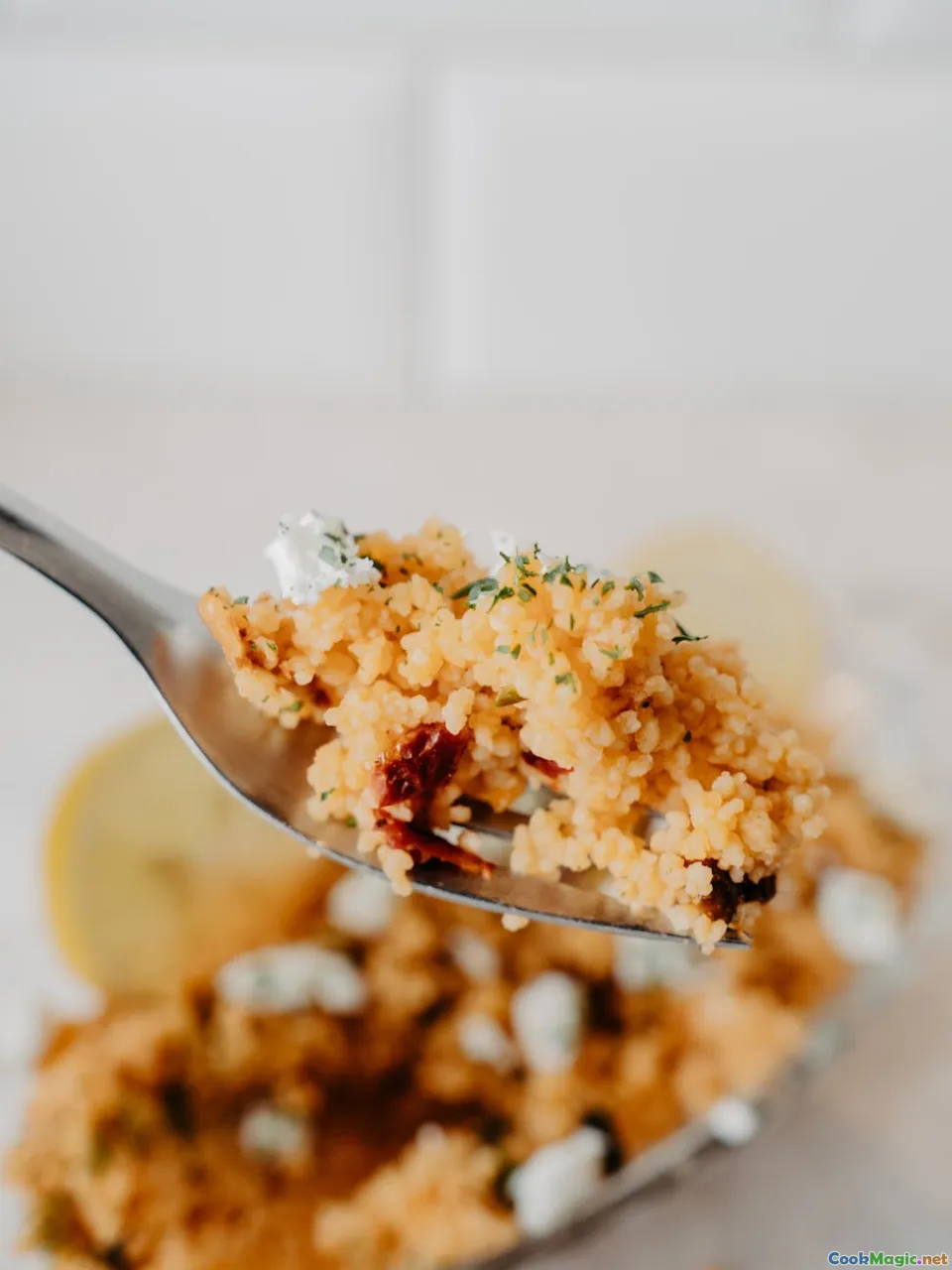Understanding the Art of Moroccan Preserved Lemons
9 min read Discover the craftsmanship behind Moroccan preserved lemons and their flavorful role in traditional dishes and culinary heritage. July 27, 2025 03:05
Understanding the Art of Moroccan Preserved Lemons
Few ingredients evoke the warm, sun-kissed landscapes and vibrant spice markets of Morocco quite like preserved lemons. Their intoxicating aroma, bright tang, and unique texture have become a hallmark of Moroccan cuisine, transcending mere condiment status to become an icon of cultural identity and culinary artistry. To truly appreciate preserved lemons is to delve into a centuries-old tradition woven into the fabric of Moroccan life, peering into the heart of its history, flavors, and soulful dishes.
So, let’s embark on a sensory journey—exploring the craft, significance, and culinary possibilities of these golden globes of flavor.
The Cultural Tapestry Behind Preserved Lemons

Moroccan preserved lemons are not مجرد an ingredient—they are a mirror of Morocco’s history, geography, and cultural reverence for balance and harmony. Nestled in the arid plains and fortified medinas, Moroccan markets (souks) brim with fragrant spices, vibrant textiles, and jars of preserved lemons that seem to glow like small suns. Historically, preservation techniques like salting and fermenting allowed Moroccans to extend the bounty of their citrus harvests through long, sun-drenched months.
Traditionally, families have handed down recipes through generations, each adding regional twists—often accentuated by local spices like bay leaves, peppercorns, and Aleppo pepper—a symphony of flavors that uphold a collective culinary identity.
Personal insight: I recall visiting a small kasbah near Marrakech, where aged women cracked open jars of preserved lemons giving off a burst of sweet, sour, and fragrant complexities. Those jars, brimming with sun-kissed rinds, symbolize resilience and community—extracting maximum flavor from humble citrus.
The Art and Science of Making Preserved Lemons

Making preserved lemons might seem straightforward, but mastering their nuances requires attention to detail, patience, and a touch of intuitive artistry. Here’s a detailed guide—the way I approach this cherished craft.
Selecting the Right Lemons
Choose fresh, ripe lemons—preferably unwaxed organic units for purity of flavor. Moroccan farmers often favor small, thick-skinned varieties like Méchoui or Ponderosa for their robust rind properties.
The Preservation Process
- Preparation: Sanitize your jar thoroughly. Wash lemons under cold running water, then prick each lemon several times with a sterilized fork to allow the salt and juices to permeate.
- Salting and Filling: In a clean bowl, mix sea salt with optional spices—coriander seeds, cinnamon sticks, or dried chillies for warmth. Layer salt, lemons, and spices tightly in the jar, pressing down as you go to release juice.
- Fermentation and Storage: Seal the jar and store in a cool, dark place. Shake gently every few days to distribute salt and spices.
- Waiting Period: Wait at least 3–4 weeks before using, though many connoisseurs age their lemons for several months, allowing complex flavors to develop.
Tip: For a more nuanced flavor, add herbs like thyme or bay leaves during processing.
The Texture and Taste
Once ready, the rind’s softened to a tender, jelly-like consistency, aromatic and earthy with hints of saltiness and citrus brightness. The flesh becomes semi-translucent, tainted with a slightly fermented tang—an irresistible symphony of flavors.
Culinary Uses: From Tagines to Tapas

Preserved lemons are nothing short of culinary alchemy—transforming dishes with their distinctive zest and depth. Here are some iconic Moroccan recipes and creative uses:
The Quintessential Tagine
A classic chicken or lamb tagine is incomplete without preserved lemons. Their tartness cuts through rich meats, balancing spices like saffron, ginger, and cinnamon. The lemon’s tang tenderizes and brightens the dish, imparting a lush, aromatic flavor profile.
Couscous and Vegetarian Delights
Add finely chopped preserved lemon to couscous salads or vegetable stews for a burst of citrus vigor. Roasted eggplants with a lemon sprinkle accentuate smoky undertones and freshness.
Beyond Morocco—Global Inspirations
Preserved lemons have found their way into contemporary kitchens worldwide. Chef Yotam Ottolenghi’s Middle Eastern-inspired salads, or the Mediterranean spoon recipes, highlight their versatility.
Personal Touch: My favorite pairing is to add finely chopped preserved lemon to a simple grilled fish, topped with herbs and toasted almonds—transforming a humble dish into an extraordinary experience.
Tips to Elevate Your Preserved Lemon Experience

- Use the Rind, Not Just the Flesh: Most flavor is concentrated in the rind. Rinse to remove excess salt before chopping.
- Innovative Pairings: Incorporate preserved lemon into dressings, aiolis, or even pasta sauces for a surprising twist.
- Gifting and Presentation: Packaged in decorative jars, preserved lemons make heartfelt gifts—consider layering with herbs or colorful spices for visual appeal.
- Seasonal Storage: Away from sunlight and moisture, they can last for a year or more—archiving the taste of Moroccan summers.
Reflecting on the Legacy and Personal Connection

Having experimented and tasted preserved lemons in varied contexts—from Morocco’s bustling medinas to a quiet Italian villa—I’ve come to cherish their resilience and versatility. Each jar encapsulates a story—of harvests, traditions, and the patience of generations maintaining the art of preservation.
For me, preserving lemons is an act of mindfulness, a culinary ritual connecting past, present, and future. It’s a reminder that simplicity—just salt, lemon, and time—can create something extraordinary.
In embracing this humble ingredient, you too partake in a storied tradition—one that celebrates life itself through vibrant flavors, cultural expression, and shared heritage. So, here’s to unlocking the golden treasures of Morocco, one preserved lemon at a time—adding zest to your culinary journey and nourishing your soul.
Dive into your local markets, gather fresh lemons, and start your own Moroccan preservation story. Let these luminous, fragrant treasures inspire your dishes, awaken your senses, and connect you to a rich, sunlit world of flavor.









